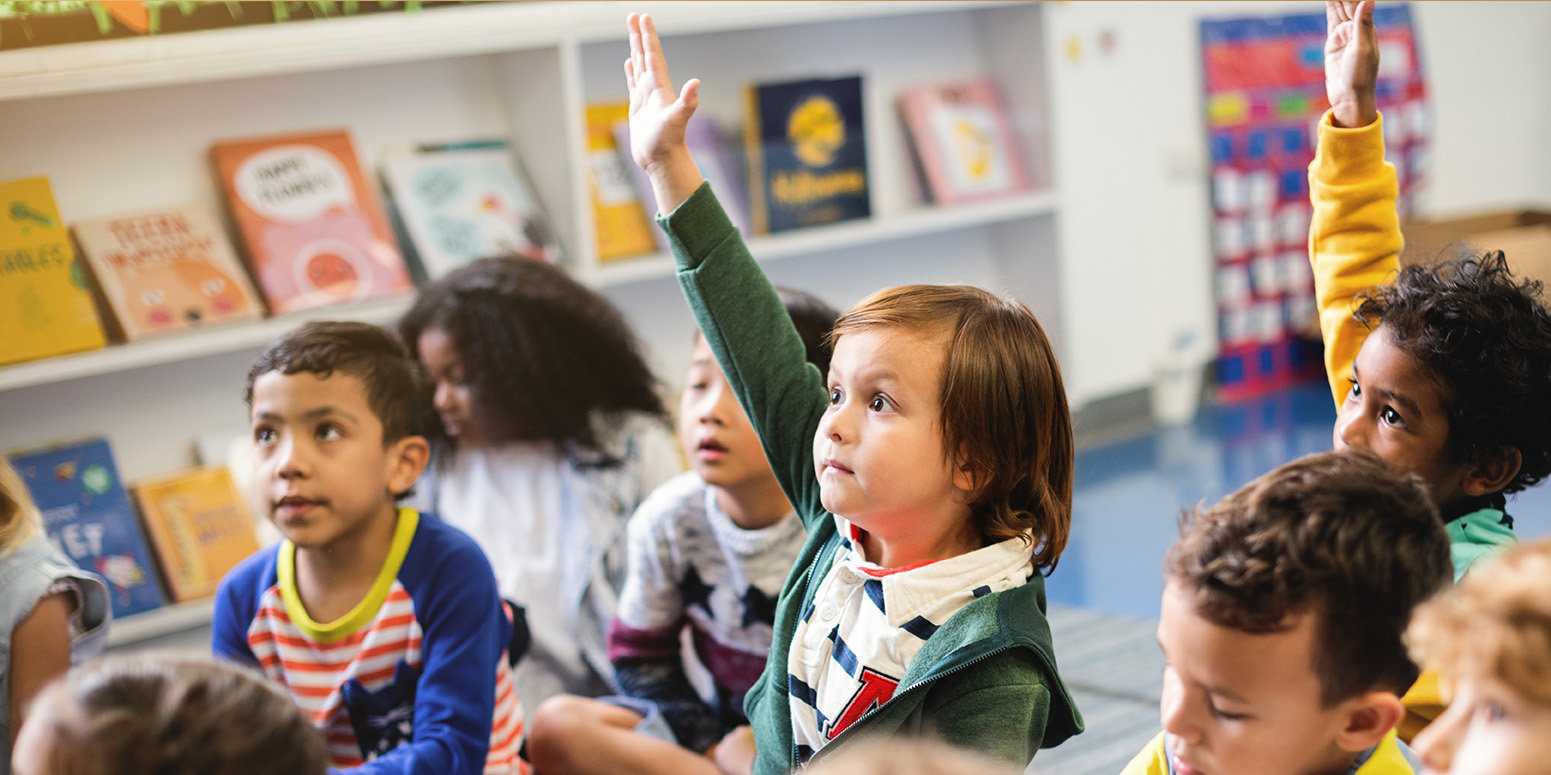
Building a collaborative classroom community from day one
When you return from vacation and face your students again, getting back into the classroom isn’t just about reviewing what was learned in the past; it’s also about creating an inclusive and collaborative environment where every student feels valued. Building a classroom community is key to fostering effective learning, especially in English as a Second Language (ESL) contexts. This article shares practical strategies for creating that community right from day one, setting a positive tone for the school year.
Why a Community Matters in the Classroom
The importance of cultivating a community in the classroom cannot be overstated. A strong classroom community not only contributes to students’ emotional well-being but also promotes active learning. This is especially true in ESL classes, where students are learning a new language while also navigating a different cultural environment.
The return to school is the perfect time to start implementing these strategies, ensuring that your students feel comfortable and welcome from the beginning.
Strategies for Building a Community in the Classroom
Here are a few recommended practices that you can implement right after the vacation to foster collaboration and inclusion from day one:

1. Learn Your Students’ Names
A simple yet effective step is to learn your students’ names as soon as possible. This not only shows that you value them as individuals but also helps them feel more connected to the classroom environment. You can organize welcome activities where each student has the chance to share something unique about themselves, creating an immediate connection.
2. Conduct a Pre-Class Survey
Before your students arrive in the classroom, consider conducting a brief survey to learn about their interests, expectations, and background. This will allow you to tailor your lessons to their needs and create a more personalized and collaborative environment from the start.
3. Set Clear Classroom Norms
Classroom norms are essential for the success of any community. Involve your students in creating these norms, making sure they include guidelines for cooperation, mutual respect, and conflict resolution. This not only fosters a more organized environment but also makes students feel that they are part of the process of building their learning space.
4. Implement Collaborative Activities
Plan group activities that encourage interaction among students. From simple icebreakers to more complex projects, these activities will promote teamwork and mutual support. The goal is for students to feel comfortable sharing ideas and collaborating with one another, enriching their learning experience.
A Classroom Community: Key to Emotional and Academic Growth
A community in the classroom not only enhances academic learning but also has a direct impact on students’ emotional well-being. When students feel they belong to a community, they are more likely to engage actively, share ideas, and feel motivated. Moreover, this sense of belonging is crucial for their personal and social development.
By applying these strategies from day one, you’ll be creating an environment where students feel supported and respected, which will ultimately make learning easier for everyone.
Conclusion
Returning from vacation is the perfect time to reflect on how to improve the atmosphere in your classroom and, most importantly, how to engage your students in the process of building a collaborative community. Implement these strategies from day one, and you’ll see how the environment in your class transforms, boosting both academic learning and students’ emotional well-being.

References:
- TESOL International Association. (n.d.). Why Community Matters in the Classroom — and How to Build It. Retrieved from https://www.tesol.org/blog/posts/why-community-matters-in-the-classroom-and-how-to-build-it/



